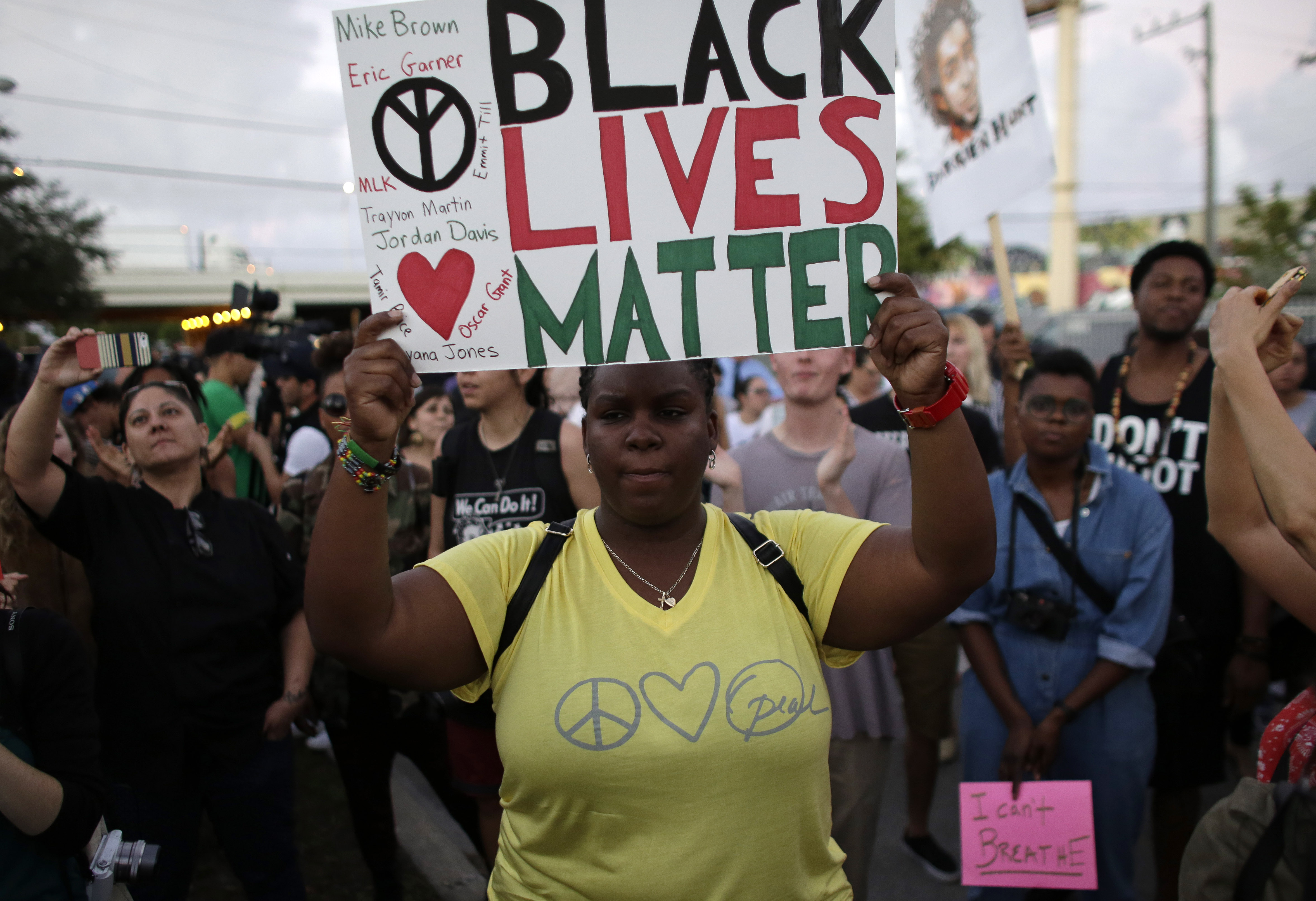Police use of force is one of three forms of legitimate force recognized by society. The other two are self-defense and the use of force to carry out a court order that requires imprisonment.
Police officers are legally entitled to use force to apprehend (arrest or capture) suspected criminals and to protect themselves and others from harm. However, force may be used only in a manner that meets standards of reasonableness. Deadly force—force that can cause death or great bodily harm—is restricted to forcible felonies. Forcible felonies are offenses that involve doing or threatening to do great bodily harm. Research suggests that officers rarely use force in carrying out their duties and that when they do, the use of force typically is minimal.

A use-of-force continuum guides the use of force by police officers in the United States. This standard provides law enforcement officers with guidelines regarding how much force may be used against a person in a given situation. It is similar to the use-of-force framework used in Canada. The use-of-force continuum typically has five or six levels: officer presence; verbal commands; empty hand control, sometimes divided into “soft” or “hard”; less lethal methods; and deadly force.
Officers begin by attempting to control a situation by their professional manner. If unsuccessful, they will move on to verbal commands. If a person actively resists, officers will next use such techniques as come-along holds and wrist locks. Come-along holds control unrestrained or unwilling offenders’ movements, without injuring them, by putting pressure on sensitive parts of the body, thus causing discomfort. If confronted by assaultive or aggressive behavior, officers will move on to such nonlethal physical force techniques as strikes or take-downs (forcing someone to fall), or to using pepper spray or Taser guns. A Taser is a weapon that shoots out long wires, stunning a target with electric current. Finally, if threatened with serious bodily harm, police officers may use deadly force to protect themselves and others. However, police are not required to follow the use-of-force continuum in a set order. They may apply whatever amount of force is required by the circumstances of a confrontation.
Police use of force traditionally has been governed by statute (law), internal review and discipline by police authorities, judicial oversight, civil lawsuits, and public opinion. Some states and municipalities in the United States have taken steps to implement such measures as external, independent review of certain incidents; serious-incident review by boards made up of sworn officers and community members; and reporting by local agencies to the federal government of shootings involving officers.
The inappropriate use of force by law enforcement officers is commonly referred to as police brutality. Police brutality generally takes one of two forms—excessive force or unnecessary force. Excessive force involves using more force than necessary to control a suspect. Unnecessary force can take many forms, including using force when a subject did not resist arrest; using force when a subject could be easily controlled in other ways; using force against a handcuffed suspect; or continuing to use force after a subject has been subdued.
In the United States, a number of incidents since the 1990’s have focused attention on police use of force and ignited public anger. In 1991, for example, several police officers beat an unarmed Black motorist named Rodney King in Los Angeles, California. The incident triggered violent riots in the city. Two officers ultimately were convicted of violating King’s civil rights and imprisoned.
The issue of police brutality again became prominent in the early decades of the 2000’s, which included a number of controversial police killings of African Americans. In 2014, police use of force led to the deaths of teenagers Michael Brown in Ferguson, Missouri, and LaQuan McDonald in Chicago, Illinois, and of 12-year-old Tamir Rice in Cleveland, Ohio. Other high-profile killings in the early 2000’s included those of Eric Garner in New York City; Freddie Gray in Baltimore, Maryland; Alton Sterling in Baton Rouge, Louisiana; Philando Castile in Falcon Heights, Minnesota; and George Floyd in Minneapolis, Minnesota.
However, police brutality and public concern about the inappropriate use of force are not limited to the United States. Incidents of police brutality have occurred all over the world, and in a variety of circumstances. For example, police brutality may be fueled by racism or other forms of discrimination, or it may occur in response to public protests or demonstrations.
Criminologists generally believe that environmental and organizational factors contribute more to police brutality than the personal characteristics of officers do. For example, there is a strong link between a community’s homicide rate and police use of deadly force. There is also evidence that police behavior is determined by factors inside a police department. Officers employed by aggressive law-and-order departments are more likely to use unnecessary force than officers employed by departments with a strong community-policing orientation.
